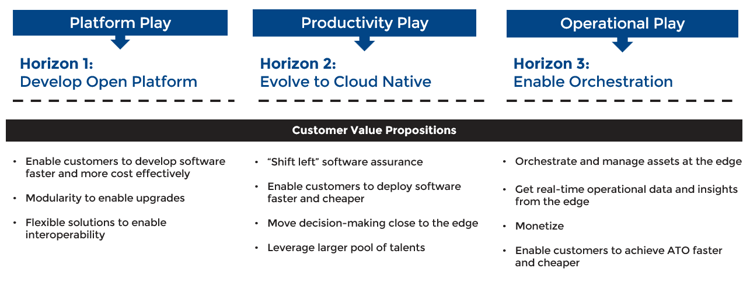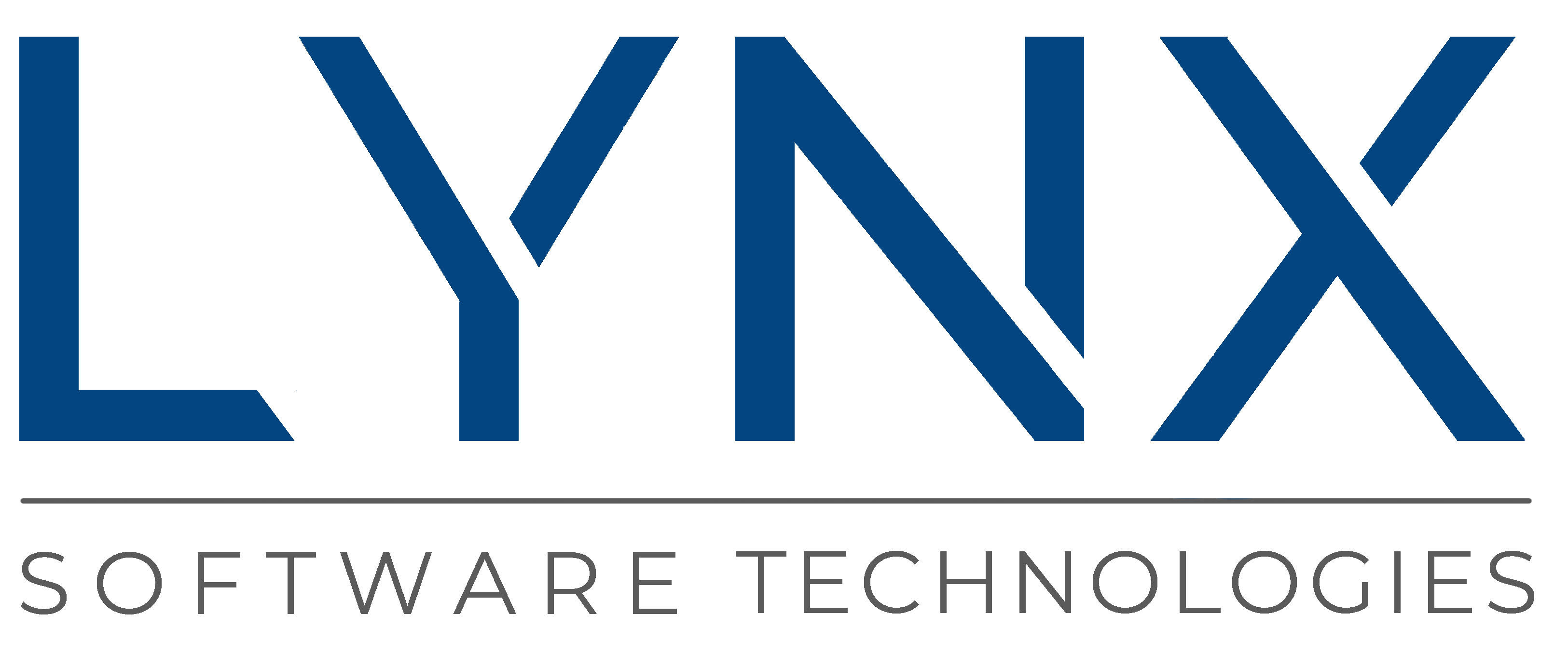We have defined three fundamental horizons that have become a framework for everything we do at Lynx. The first horizon is what I will call platform play, which is fundamentally how we can deliver more software value to the customers so that they can do less on the platform and more on the application. Think about the operating system and hypervisor and, more broadly, include aspects of middleware and Linux. Linux is a critical piece of our thinking and another asset you can run on the infrastructure. We also include toolings that enable the customer to develop their application more efficiently.
Horizon two is where we start to embrace cloud-native and DevOps or DevSecOps methodologies. What you can expect from a roadmap and offering point of view is for Lynx to enable customers not just to use DevOps and DevSecOps, but to augment their pipeline with what they need to develop and deploy devices that incorporate technology like LYNX MOSA.ic into their platform.
Overall, Horizon 2 is fundamentally a productivity play. This is really about assisting the customer in accomplishing things faster, better, and in a more predictive way to increase the overall quality of their device.
Horizon 3 enables the customer to orchestrate and service their device once field-deployed. Think about things such as a feedback loop, which is how you are enabling observability of the deployed device and enabling the device to send back information about the device's health or cybersecurity risk or anything else. Most services can be deployed into those devices.
 These three horizons are not being worked on sequentially. While most of our efforts, at least in the public domain, have been associated with LYNX MOSA.ic as a platform, we have already accomplished a bit of two and are touching on horizon three.
These three horizons are not being worked on sequentially. While most of our efforts, at least in the public domain, have been associated with LYNX MOSA.ic as a platform, we have already accomplished a bit of two and are touching on horizon three.
The path to get there will include internal development, partnerships, and acquisitions. The Military and Aerospace markets are clearly struggling in this world of mounting system complexity to deliver projects on time and inside cost estimates. The “IC” in LYNX MOSA.ic stands for integration center. This means that if there is acceptable technology in the marketplace, we will be looking to prove the operation of that technology within the LYNX MOSA.ic software framework instead of creating our own technology. We will also take on the task of proving the operation of compelling, complementary technology with LYNX MOSA.ic. This means ensuring guest operating systems (and therefore customers’ legacy software) are executed unmodified inside LYNX MOSA.ic. You will hear more about that in due course.



 Michel Genard | Board Member
Michel Genard | Board Member
 These three horizons are not being worked on sequentially. While most of our efforts, at least in the public domain, have been associated with
These three horizons are not being worked on sequentially. While most of our efforts, at least in the public domain, have been associated with 

